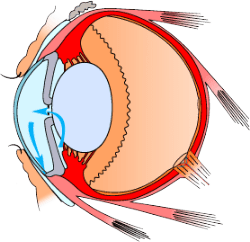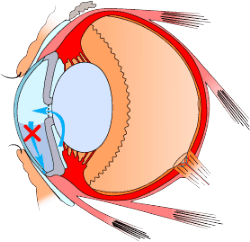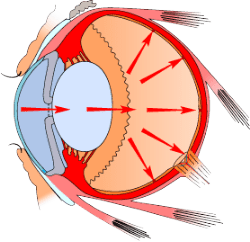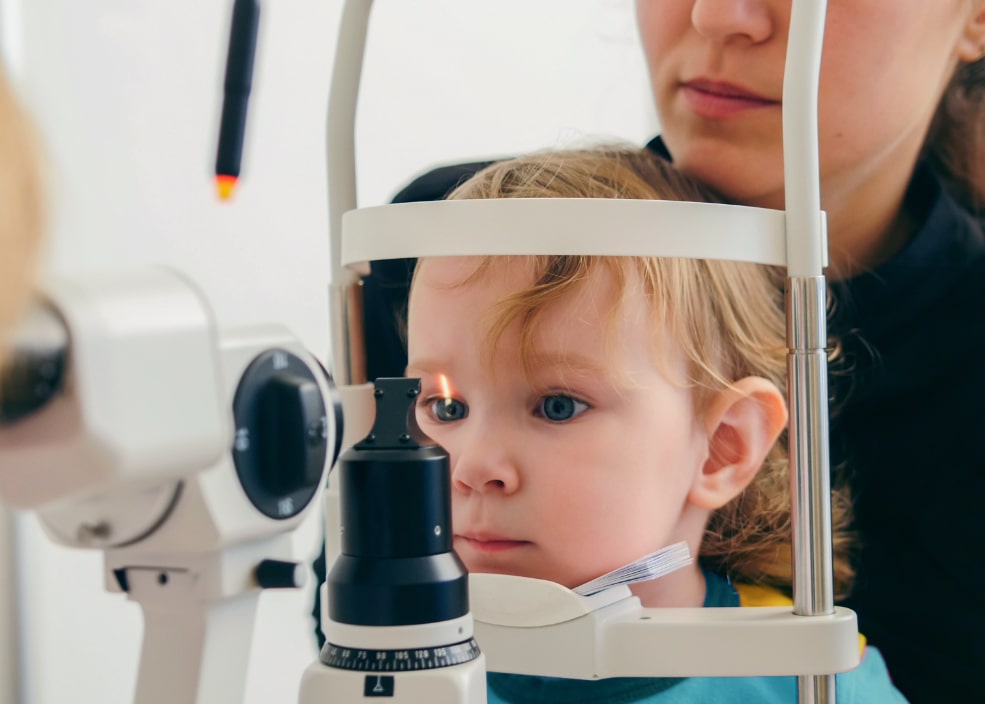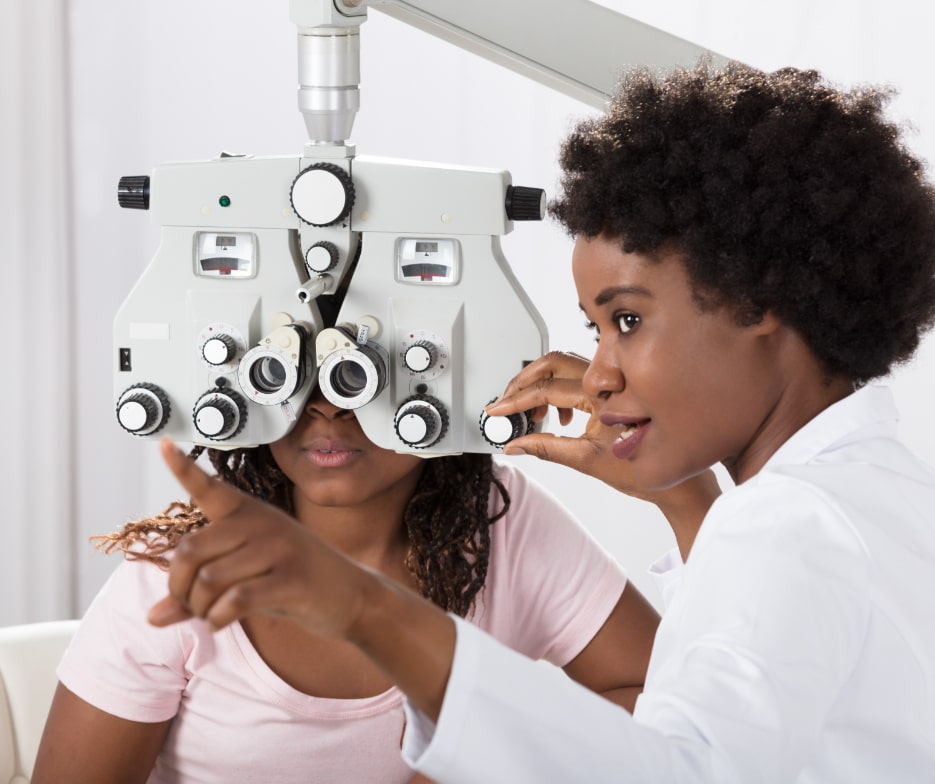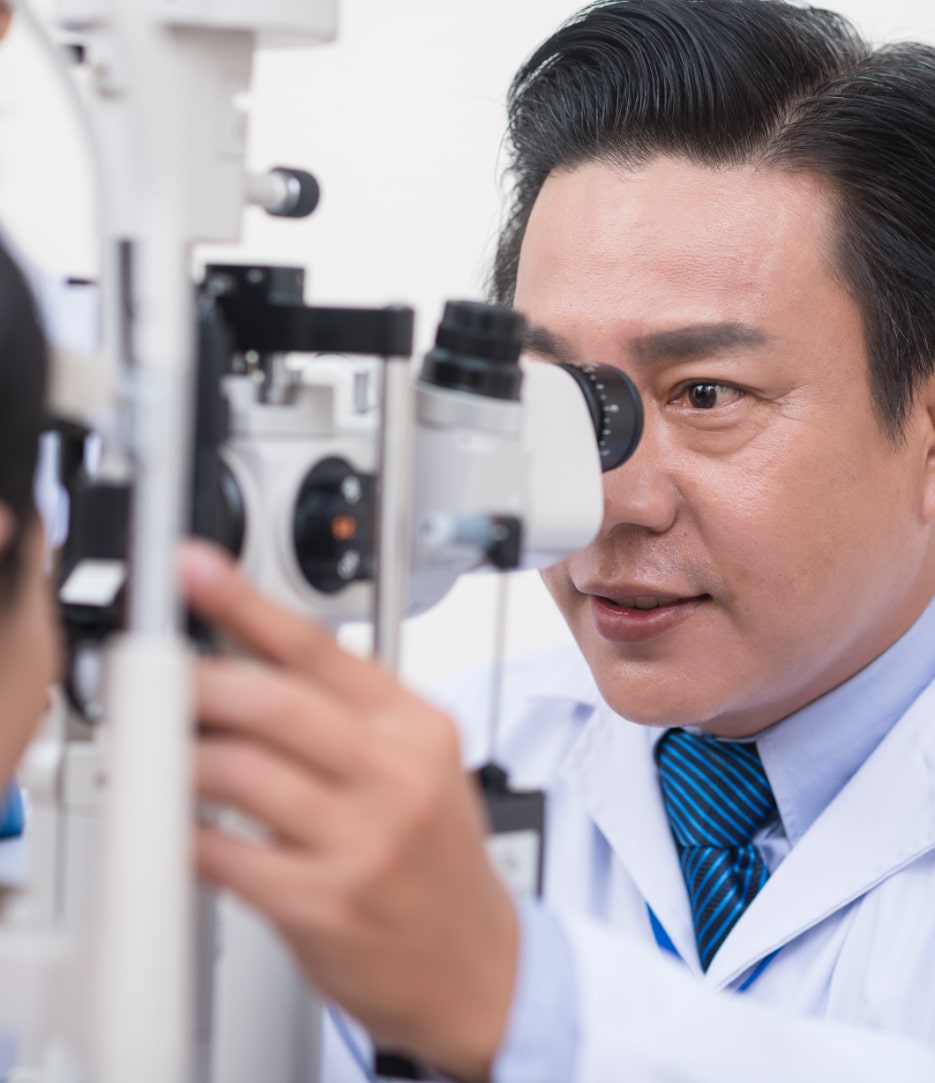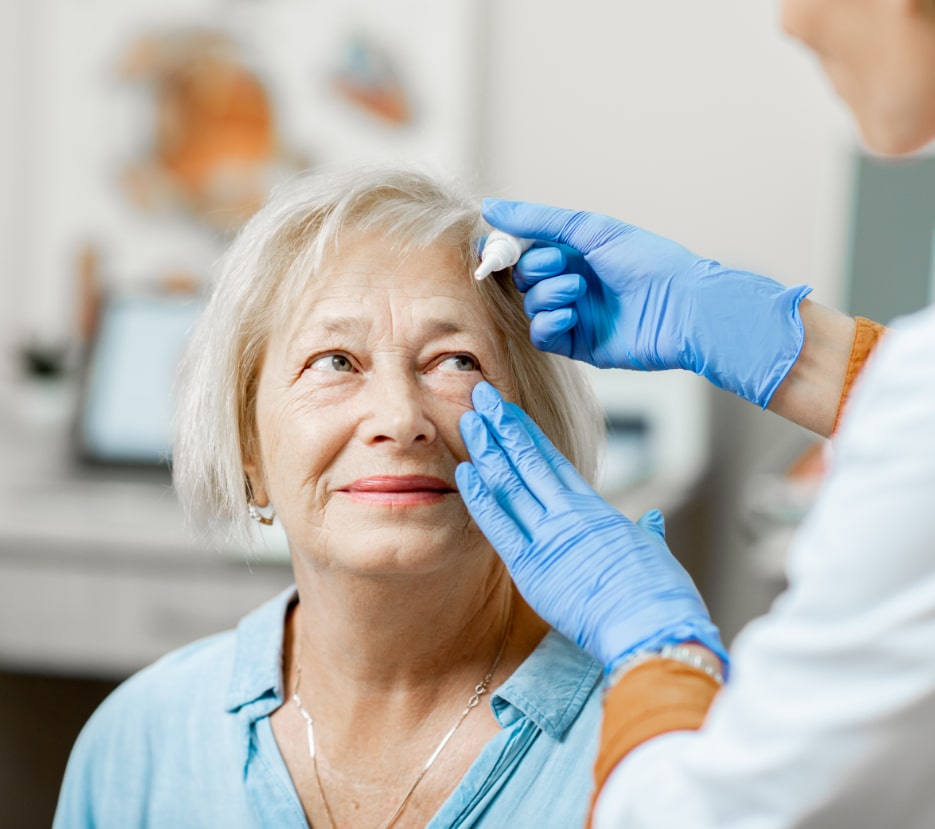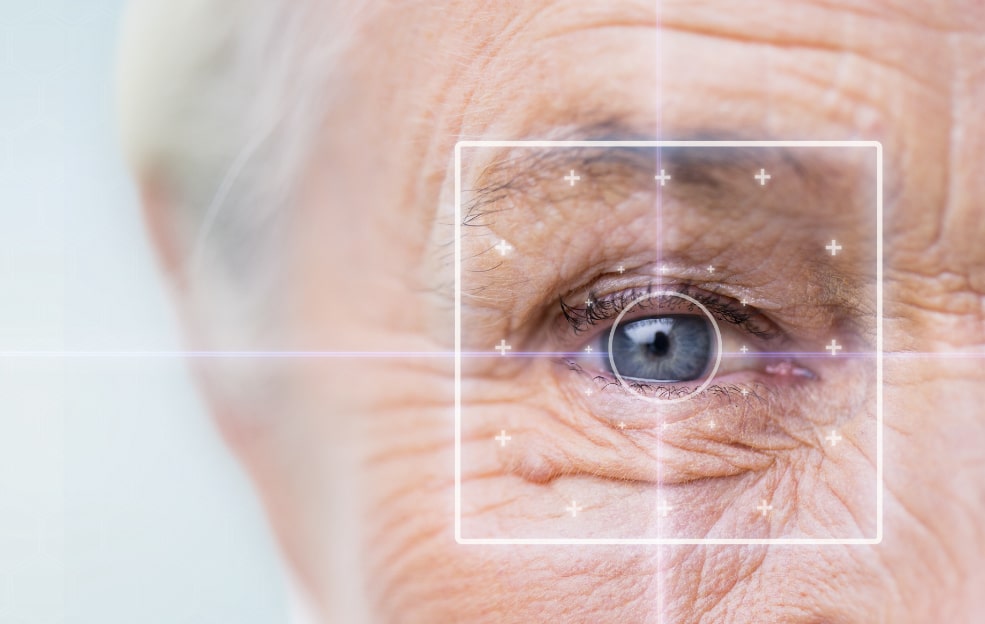1. Primary Open-Angle Glaucoma
Primary open-angle glaucoma (POAG) is the most common form of glaucoma. The eye is constantly circulating and draining fluid, called aqueous humor. When there is a build-up of aqueous humor in the eye due to over-production or improper drainage, it puts pressure on the optic nerve which can lead to a loss of vision over time.
2. Angle-Closure Glaucoma
Angle-closure glaucoma, also known as closed-angle or narrow angle glaucoma, is less common. It occurs when the drainage angle in the eye closes or becomes blocked, preventing aqueous humor from draining. Angle-closure glaucoma can occur gradually or suddenly and is typically considered a medical emergency because it can cause vision loss within one day.
3. Pigmentary Glaucoma
Pigmentary glaucoma occurs when pigment granules from the iris build up in the eye’s drainage channels and block or reduce fluid drainage. Activities such as jogging can sometimes cause the pigment granules to move around to cause this blockage, resulting in intermittent eye pressure elevations.
4. Secondary Glaucoma
Secondary glaucoma can develop in response to external factors, such as injury, infection, tumor, or medication, causing the intraocular pressure to rise.
5. Normal-Tension Glaucoma
In normal-tension glaucoma, the optic nerve is damaged, but the intraocular pressure stays within the normal range. Not much is known about why this type of glaucoma occurs.

